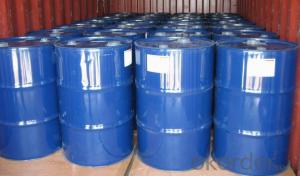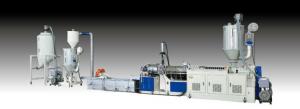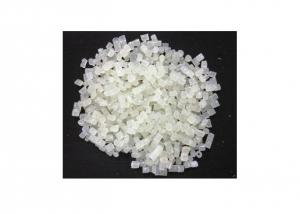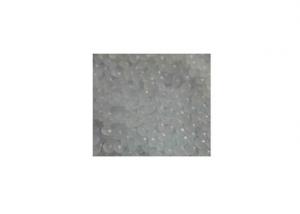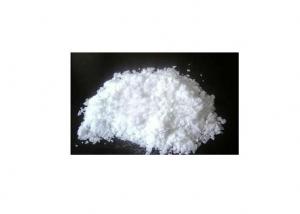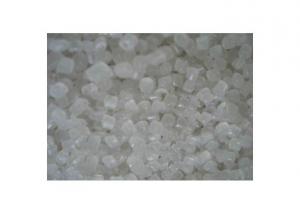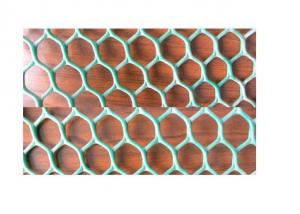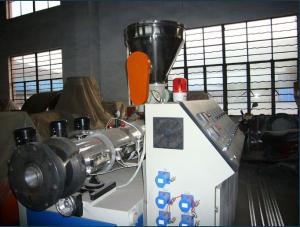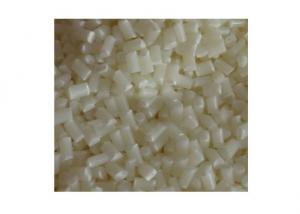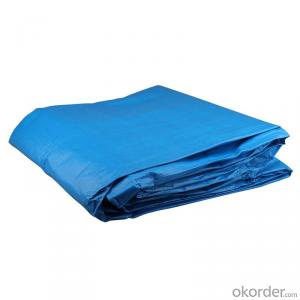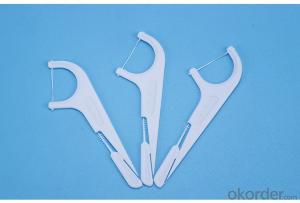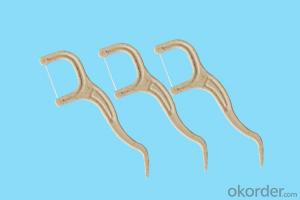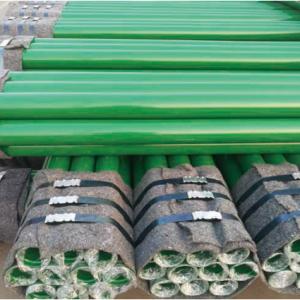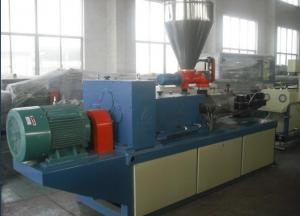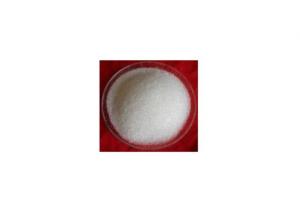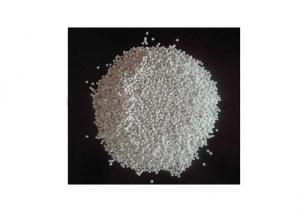Plasticizer DOP Low Price
- Loading Port:
- Shanghai
- Payment Terms:
- TT OR LC
- Min Order Qty:
- -
- Supply Capability:
- 1000 m.t/month
OKorder Service Pledge
OKorder Financial Service
You Might Also Like
DOP
Molecular Formular : C24H38O4
Molecular weight : 390.57
CAS No.:117-81-7
H.S Code : 2917.3200.00
EINECS No.: 204-211-0
Characteristics : Colorless transparent oily liquid, slight odor.
Processing : Injection Moulding
Application : It is one of the most extensively used plasticizers in plastics processing. It has comprehensive properties, such as high plasticizing efficiency, low volatility, UV-resisting property, water-extracting proof, cold-resisting property, and also good softness and electric property. As a fine main plasticizer, it is extensively used in processing polyvinyl choride and ethylcellulose resins to produce plastic film, imitation leather, electric wire, cable wearer, sheet, planet, mould plastic products and. Used in nitrocellulose paints, it can make the ethylcellu lose more elastic and more strong in extracting tension. It can be used as a softening agent of synthetic rubber, such as to make the product easier to rebound and harder to undergo form change under pressure, without affecting of the plastics.
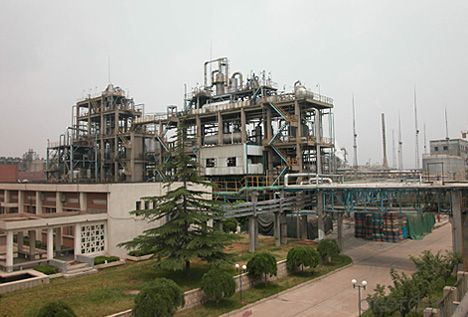
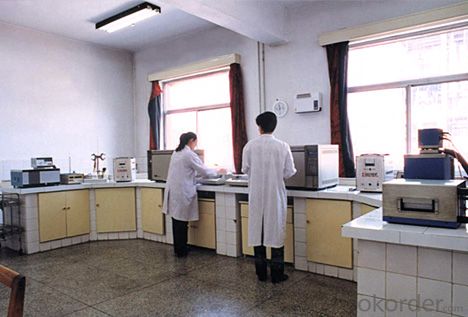
Specifications :
Quality Index | |||
Item | Value | ||
| Super Grade | First Grade | Qualified Grade |
Appearance | Oily liquid | ||
Color(APHA) ≤ | 30 | 40 | 120 |
PurityAs Ester% ≥ | 99.5 | 99.0 | 99.0 |
Acidity (benzene dicarbonic acid)g/cm | 0.01 | 0.015 | 0.03 |
Loss on dry (125oC3hr)%≤ | 0.2 | 0.3 | 0.5 |
Flash point(open)oC ≥ | 195 | 192 | 190 |
Density20,g/cm3 | 0.982-0.988 | ||
Volume Resistivity ΩM ≥ | 1.5×1011 | ||
Heat decrement % ≤ | 0.2 | 0.3 | 0.5 |
Water content,% ≤ | 0.1 | 0.15 | 0.15 |
Package and Storage :
Packed in 200KG/Galvanized Iron Drum or 1000kg/ISO TANK or flexibag container
Stored at dry,shady,ventilated place. Prevented from collision and sunrays,rain-attack during handling and shipping. Met the high hot and clear fire or contact the oxidizing agent,caused the burning
danger.
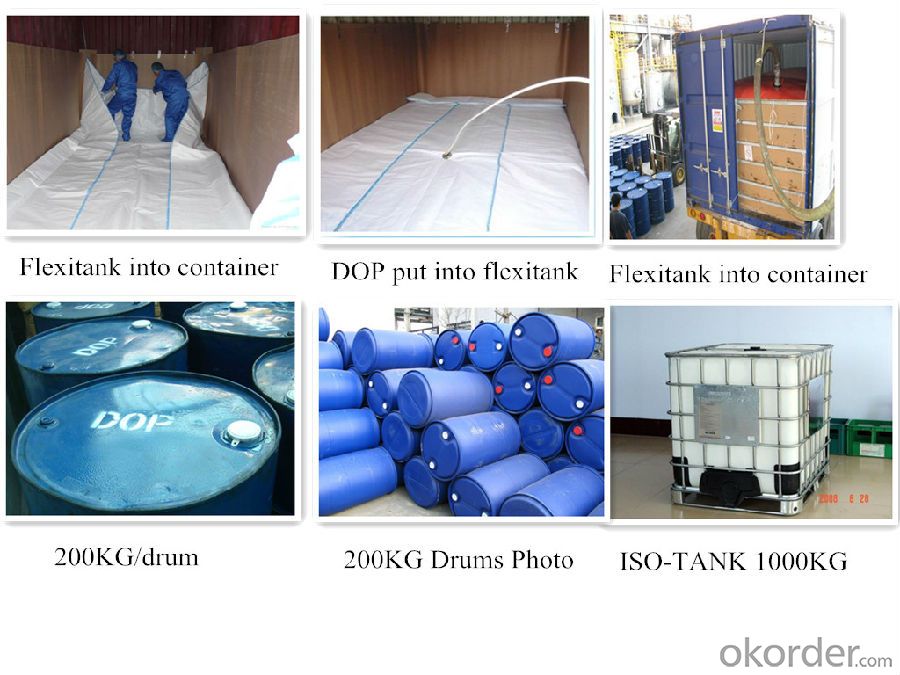
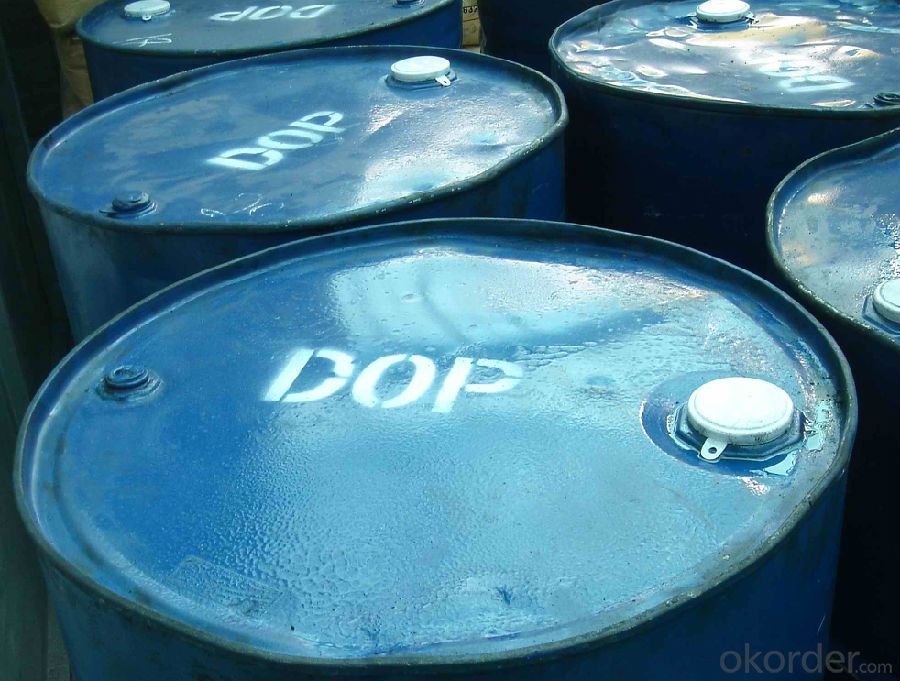
- Q:How many kinds of plastic do you have?
- A. reinforced plastic:Plastic material can be divided into granular (such as calcium plastic reinforced plastic), fiber (such as glass fiber or glass cloth reinforced plastic), sheet (such as mica reinforced plastic) three. According to the material can be divided into cloth reinforced plastic (such as rags or reinforced asbestos reinforced plastics), inorganic mineral filled plastics (such as quartz or mica filled plastics), fiber reinforced plastics (such as carbon fiber reinforced plastics) three
- Q:PVC what is the difference between raw and recycled raw materials?
- Raw raw materials, such as rubber oil from rubber trees, are extracted from recycled products and recycled materials are recycled materials.
- Q:Characteristics and uses of CA plastics
- Because of its characteristics and quality of different varieties are different, generally use as general plastics, in addition to avoid the use of related in food packaging, medical devices and health fields, the other is used. For example, car interior and exterior shell, household appliances and other daily necessities, mainly low price.
- Q:How many kinds of raw materials are produced by wrapping plastic film?
- There are many kinds of plastic film, each of which has the corresponding raw materials, we look at the production of raw materials for various films!
- Q:How do plastic materials come from?
- Plastic materials: is made of macromolecule resin (polymer) as the main ingredients penetrate various auxiliary materials or additives, in particular temperature, has the plasticity and fluidity under pressure, can be molded into shape and maintain the same shape of material under certain conditions.
- Q:Plastic raw materials packaging is generally divided into several categories?
- Plastic raw materials are usually packaged as:Barrel packaging: such as: plastic drum with polyurethane raw materials; composite board barrel with some pellets.Bag packing: plastic bag, compound woven bag and composite paper bag (the outer layer of composite bag is paper or woven bag, and the inner layer of contact plastic is plastic or composite aluminium foil).
- Q:What are the raw materials for making plastics?
- Plastic has good insulation for electricity, heat and sound: electrical insulation, arc resistance, heat preservation, sound insulation, sound absorption, vibration absorption, noise elimination, and excellent performance
- Q:Pollution in the production of plastic raw materials from petroleum production
- Manufacturing process of resin is the number of small molecular materials (high molecular compound monomer, alkane, olefin, could also have liquid such as gasoline and diesel decomposed) by polymerization together into a polymer compound. The polymerization can be divided into polymerization and polycondensation according to the composition of monomer and the change of result.The reaction of monomer addition and polymerization is called polymerization. Condensation polymerization is the process of reaction, in addition to forming high polymer, but also produce water, alcohol, ammonia and other low molecular by-products. The composition of the polymer is different from that of the raw monomer. After polymerization, the polymers with large molecular weight can be obtained. Synthetic resins are polymers of high molecular weight. Resins can be divided into two categories according to their properties after heating: one is called thermoplastic resin, and the other is thermosetting resin. Thermoplastic resin after heating can soften, flow, repeatedly plasticization and molding, such as polyethylene, polypropylene, polystyrene, polyvinyl chloride, polyamide; thermosetting resin is soluble and fusible before processing, but in the heating, pressurizing and curing agent under the action can become insoluble and infusible, cannot be heated again softening products to curing, phenolic resin, urea formaldehyde resin, epoxy resin, unsaturated resin belongs to this kind of resin.
- Q:What raw material produces the plastic to the human body not to harm, to the environment does not have the pollution?
- For example, light degradable plastics manufacturing methods can be divided into light degradable plastics synthetic degradable plastics and adding degradable plastics. A, ethylene copolymer / carbon monoxide (E/CO) photodegradation to ketone backbone fracture characteristics of.E/CO light degradation speed and degree and the amount of the chain, the higher the content, the degradation rate of the soon, the greater. The United States of Texas, scientists have to E/CO for outdoor exposure experiments in sunny June, the fastest E/CO only a few days can be degraded. B, ethylene / vinyl ketone copolymer (Ecolyte) keto Ecolyte molecules on the side chain can be decomposed to.Ecolyte light the degradation performance is better than E/CO in the role of natural light, but the cost is higher. This kind of polymer drawback is once see the light starts to degrade, almost no induction period, need adding antioxidants to regulate the induction period Purpose. (2) add type light degradable plastics additive light degradable plastics with a small amount of photosensitizer in the polymer, at low concentration is the degradation of photocatalytic oxidation by solar irradiation (Zi Waiguang) and react to the polyolefin polymer fracture. In PE, PP polymers such as ketones, amines and adding photosensitizer can good photodegradability. Add light degradable plastics with low cost, simple production process, do mulching better. But the degradation characteristics of the exposure surface degradation more thoroughly, some less degradation buried in the soil. The degradation of this kind of photodegradable plastics can be controlled in the induction period of two months or more. But the degradation time control is poor.
- Q:What are the plastic raw materials?
- Plastic raw material is a kind of polymer (polymer), also known as macromolecule or macromolecule, also is commonly known as plastic or resin. The so-called plastic raw material, in fact, it is a kind of [synthetic resin], the shape of the natural resin [pine resin] similar, but because of the chemical strength of the synthesis, and is called plastic.
1. Manufacturer Overview |
|
|---|---|
| Location | |
| Year Established | |
| Annual Output Value | |
| Main Markets | |
| Company Certifications | |
2. Manufacturer Certificates |
|
|---|---|
| a) Certification Name | |
| Range | |
| Reference | |
| Validity Period | |
3. Manufacturer Capability |
|
|---|---|
| a)Trade Capacity | |
| Nearest Port | |
| Export Percentage | |
| No.of Employees in Trade Department | |
| Language Spoken: | |
| b)Factory Information | |
| Factory Size: | |
| No. of Production Lines | |
| Contract Manufacturing | |
| Product Price Range | |
Send your message to us
Plasticizer DOP Low Price
- Loading Port:
- Shanghai
- Payment Terms:
- TT OR LC
- Min Order Qty:
- -
- Supply Capability:
- 1000 m.t/month
OKorder Service Pledge
OKorder Financial Service
Similar products
New products
Hot products
Related keywords
